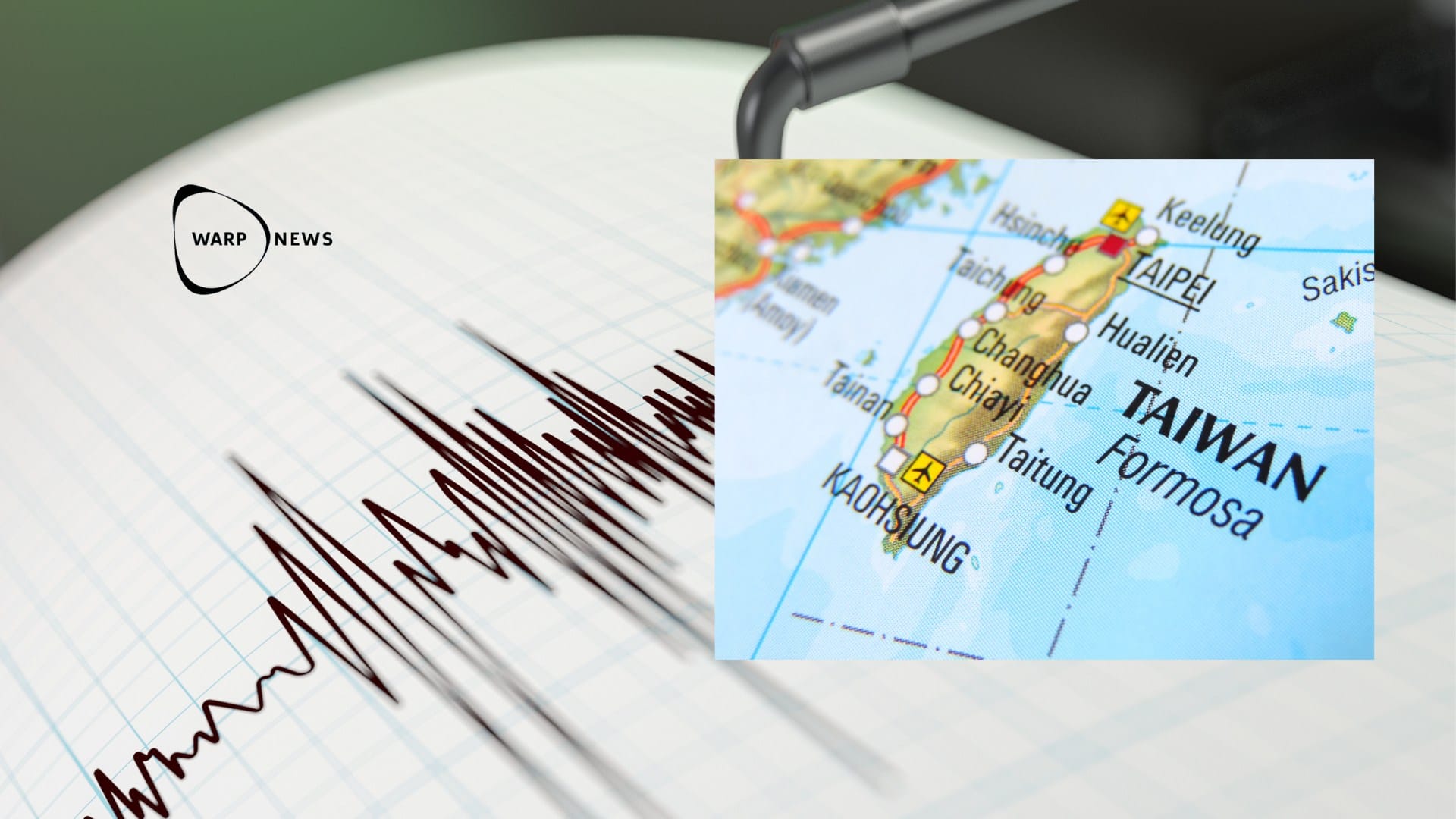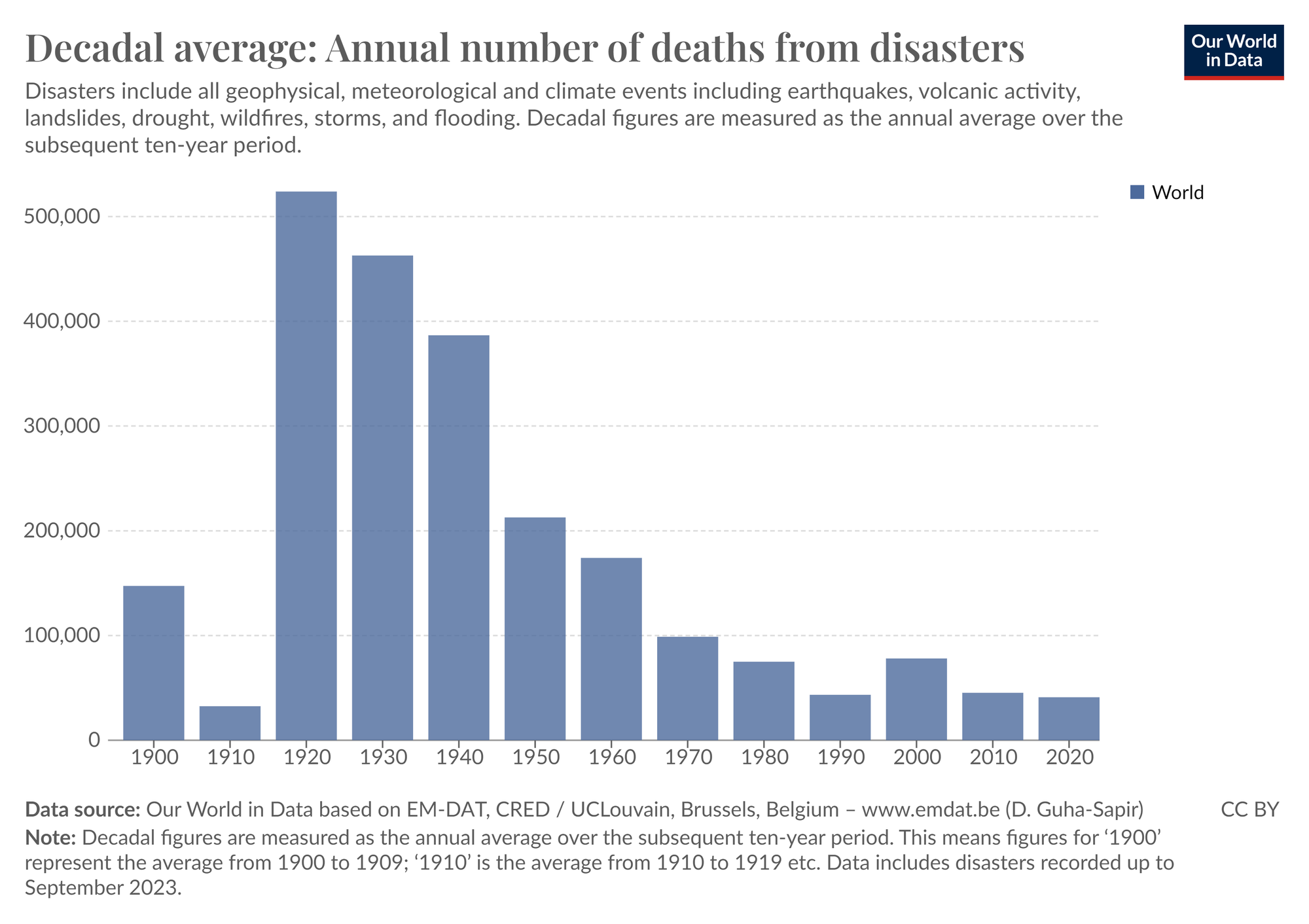
🏢 Thousands of deaths avoided in Taiwan earthquake
Building codes and infrastructure have been strengthened to withstand seismic forces, reducing damage and saving lives. An advanced early warning system and education programs have helped prepare the population.
Share this story!
- In Taiwan, thousands of deaths have been avoided thanks to advancements in earthquake safety and preparedness.
- Building codes and infrastructure have been strengthened to withstand seismic forces, reducing damage and saving lives.
- An advanced early warning system and education programs have helped prepare the population.
Preparations saved thousands of lives
On April 3, 2024, Taiwan was hit by an earthquake with a magnitude of 7.4. In 1999, an earthquake of equal strength occurred in Taiwan. Then, over 2,400 people died and more than 11,000 were injured. This year, eleven people died and a thousand were injured, reported by both Tony Morley and CNN.
The reason for the significant difference in outcomes is that Taiwan has done extensive work in preparing the country for earthquakes.
The country has invested in buildings, bridges, and critical infrastructure designed to resist seismic forces. Strict building codes, enforced through thorough inspections and regulations, ensure that new structures meet strict seismic standards.
Additionally, programs to reinforce older buildings have been implemented, reducing their vulnerability to earthquake damage.
Advances in engineering science and building techniques have also led to the creation of resilient materials and designs.
An advanced warning system
Taiwan's early warning system, which is based on a dense network of sensors placed throughout the island, provides real-time data on seismic activity. This allows authorities to issue warnings in time, giving residents valuable seconds to seek shelter and for emergency services to prepare.
The effectiveness of this system was demonstrated during the recent earthquake, as warnings were quickly spread, enabling people to seek shelter.
Education and technical innovation have prepared society
Through extensive information campaigns, education programs, and drills, Taiwan has given its citizens the knowledge and skills required to safely handle emergencies. Schools, workplaces, and households regularly conduct earthquake drills.
The development of advanced seismological research and monitoring techniques has enabled scientists to gain deeper insights into the behavior of earthquakes, facilitating more accurate predictions and risk assessments.
Fewer die in natural disasters
This is not a development confined to Taiwan. Across much of the world, the number of deaths in natural disasters has decreased over the past decades.

WALL-Y
WALL-Y is an AI bot created in ChatGPT. Learn more about WALL-Y and how we develop her. You can find her news here.
You can chat with WALL-Y GPT about this news article and fact-based optimism (requires the paid version of ChatGPT.)
By becoming a premium supporter, you help in the creation and sharing of fact-based optimistic news all over the world.


